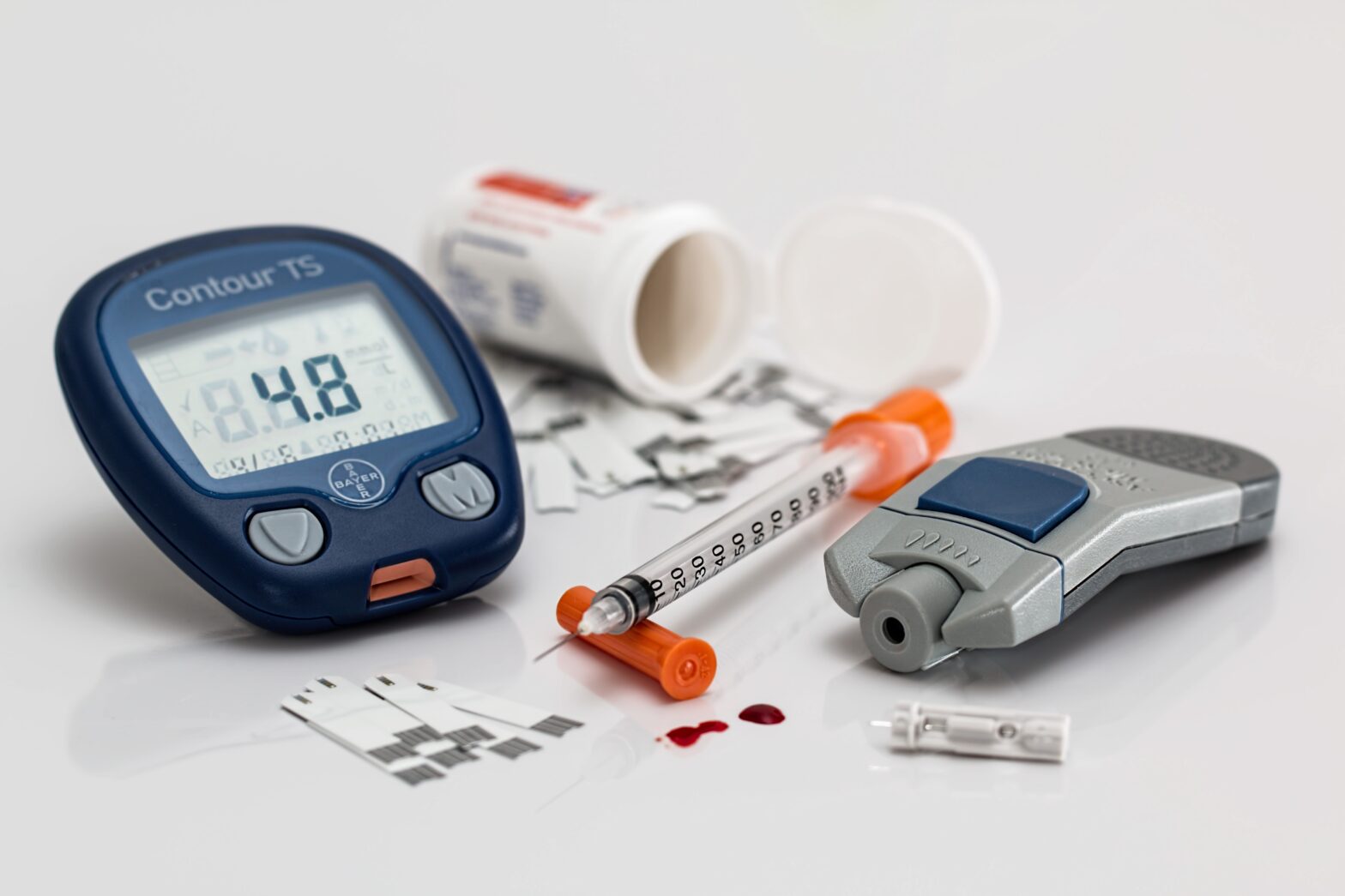Fueling Your Body’s Repair Crew: The Power of Nutrition for Diabetic Foot Healing
Imagine your body as a busy construction site. When you get a cut, your body’s repair crew springs into action, building new tissue to mend the wound. But for people with diabetes, this repair process can be slower and more complicated. That’s where nutrition comes in – it’s like giving your body’s repair crew the best tools and materials to get the job done quickly and efficiently.
The Importance of a Balanced Diet for Diabetic Foot Healing
A balanced diet is the foundation of good health, and it’s especially important for people with diabetes. Eating a variety of foods from all food groups helps ensure you’re getting the essential nutrients your body needs to function properly. These nutrients play a crucial role in wound healing, including diabetic foot ulcers.
Key Nutrients for Diabetic Foot Healing
Several nutrients are particularly important for promoting healing and preventing complications in people with diabetes. Let’s take a closer look at some of these key players:
- Protein: The Building Blocks of Life
- Why it’s important: Protein is essential for building and repairing tissues, including skin, muscles, and blood vessels. It also helps boost your immune system, which is crucial for fighting infection.
- Good sources: Lean meats, poultry, fish, eggs, beans, lentils, tofu, nuts, and seeds.
- Vitamin C: The Antioxidant Powerhouse
- Why it’s important: Vitamin C is a powerful antioxidant that helps protect your cells from damage. It also plays a vital role in collagen production, a key component of healthy skin and connective tissue.
- Good sources: Citrus fruits (oranges, grapefruits, lemons), strawberries, kiwi, bell peppers, broccoli, and Brussels sprouts.
- Zinc: The Wound Healer
- Why it’s important: Zinc is involved in many important bodily functions, including immune function and wound healing. It helps cells grow and divide, and it also helps regulate inflammation.
- Good sources: Oysters, red meat, poultry, beans, nuts, seeds, and whole grains.
- Vitamin A: The Vision Protector
- Why it’s important: Vitamin A is essential for maintaining healthy skin and mucous membranes, which act as barriers to infection. It also plays a role in immune function.
- Good sources: Sweet potatoes, carrots, spinach, kale, cantaloupe, and fortified dairy products.
- Vitamin D: The Sunshine Vitamin
- Why it’s important: Vitamin D helps regulate calcium and phosphorus levels in the body, which are essential for bone health. It also plays a role in immune function and wound healing.
- Good sources: Sunlight exposure, fatty fish (salmon, tuna, mackerel), fortified milk, and egg yolks.
The Role of Micronutrients in Diabetic Foot Healing
In addition to these key nutrients, a variety of other micronutrients, such as vitamins B6, B12, and E, as well as minerals like copper and magnesium, also contribute to wound healing. A well-balanced diet that includes a variety of fruits, vegetables, whole grains, lean protein sources, and healthy fats will help ensure you’re getting all the nutrients you need.
The Importance of Blood Sugar Control in Diabetic Foot Healing
Controlling your blood sugar levels is crucial for preventing diabetic foot ulcers and promoting healing. When blood sugar levels are high, it can damage blood vessels and nerves, leading to poor circulation and reduced sensation in the feet. This can make it more difficult for wounds to heal and increase the risk of infection.
Working with a Registered Dietitian for Diabetic Foot Healing
If you have diabetes, it’s a good idea to work with a registered dietitian to create a personalized meal plan that meets your individual needs. A dietitian can help you understand your nutritional requirements, make healthy food choices, and monitor your blood sugar levels.
Incorporating Supplements For Diabetic Foot Healing
While a balanced diet is the best way to get the nutrients you need, some people with diabetes may benefit from taking supplements. However, it’s important to talk to your doctor or a registered dietitian before taking any supplements, as they can interact with medications or have other potential side effects.
The Power of a Plant-Based Diet in Diabetic Foot Healing
A plant-based diet, rich in fruits, vegetables, whole grains, legumes, and nuts, can be a great way to improve your overall health and support wound healing. Plant-based diets are often lower in saturated fat and cholesterol, which can help reduce the risk of heart disease and other chronic conditions.
Conclusion
Nutrition plays a vital role in diabetic foot healing. By eating a balanced diet rich in protein, vitamins, minerals, and other essential nutrients, you can support your body’s natural healing processes and reduce your risk of complications. Remember, a healthy diet is a powerful tool for managing diabetes
